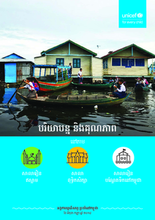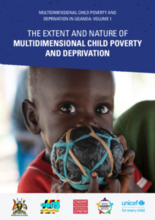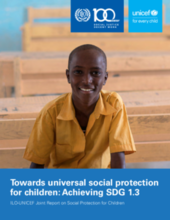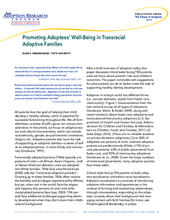Displaying 201 - 210 of 505
This research study was commissioned to generate a better understanding of three school communities in Cambodia: Islamic schools, Buddhist monastic schools, and floating schools with a focus on identifying challenges in delivering quality and inclusive education.
This research addresses one of the most pressing and controversial issues facing child welfare policymakers and practitioners today: the dramatic overrepresentation of Indigenous families in North American public child welfare systems. The article presents a successful model of inclusive education: the Center for Regional and Tribal Child Welfare Studies (the Center) at the University of Minnesota, Duluth, School of Social Work.
This report represents the successful integration of multidimensional child poverty measures in national statistics. In doing so it provides a better understanding of child poverty in Uganda by augmenting Uganda’s rich tradition of poverty analysis with a more deprivation-centred analytical tool.
This study applies cumulative adversity and stress proliferation theories to examine risk and protective resource profiles of youth with three different levels of housing and parental care instability.
This book explores how humanitarian interventions for children in difficult circumstances engage in affective commodification of disadvantaged childhoods.
The objectives of this article are to: 1) estimate the rate of overrepresentation of First Nations children and youth involved in child welfare investigations in the Ontario child welfare system and, 2) determine which factors drive the overrepresentation of First Nations children in child welfare at the investigation stage compared to White children.
UNICEF and ILO published a joint report aiming to contribute to the ongoing discussions about the future of social protection for children.
Indigenous children have a long history of overrepresentation in child protection systems. This exploratory, mixed methods study examined practitioner perceptions of risk in response to client ethnic group.
The current study explores how historical trauma has impacted American Indian tribes' trust in today's US public child welfare agencies.
This paper discusses critical tasks facing adoptive parents of transracially adopted persons (TRAs), what we know about parents’ role and children’s outcomes.




